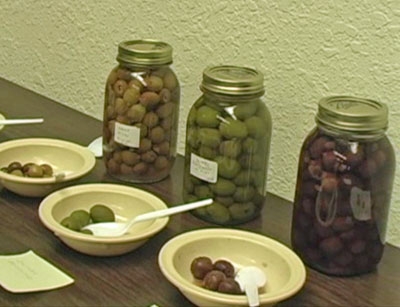Garden writer streams advice on toxic plants
In a 1,500-word stream of consciousness, Bakersfield Magazine gardening writer Lynn Pitts warned her readers about the dangers of certain "toxic plants."
Sprinkled among personal experiences, trivia and witticisms, Pitts presented the 10 most common toxic plants found in local gardens: Oleander, tomatoes, potatoes, rhubarb, delphinium, boxwood, pyracantha, fig, foxglove and castor bean.
Among her words of wisdom:
- Oleander cuttings shouldn't be disposed of in green waste cans.
- Almost everything on tomato and potato plants are poisonous, expect the tomato and potato.
- Rhubarb leaves are toxic.
- The leaves and sap of fig trees cause dermatitis.
- Foxglove is the source of the heart medicine digitalis.
- Nefarious people have concocted the poison “ricin” from castor bean.
UC Cooperative Extension enters the story in a tangent close to the end, when Pitts writes about a time a wind storm left she and a neighbor flush with fresh olives. Pitts says she called the local University of California Cooperative Extension office for information on home olive curing.
"It wasn’t difficult, but time consuming; changing the brine constantly, rinsing, re-brining over and over. After the last brining, we packed them with fresh herbs and olive oil into sterilized glass canning jars," Pitts wrote. "We thought we’d have plenty of jars to give away as gifts, but, honestly, we ate most of them ourselves!"

Garden writer steers readers to UCCE for olive curing advice.
